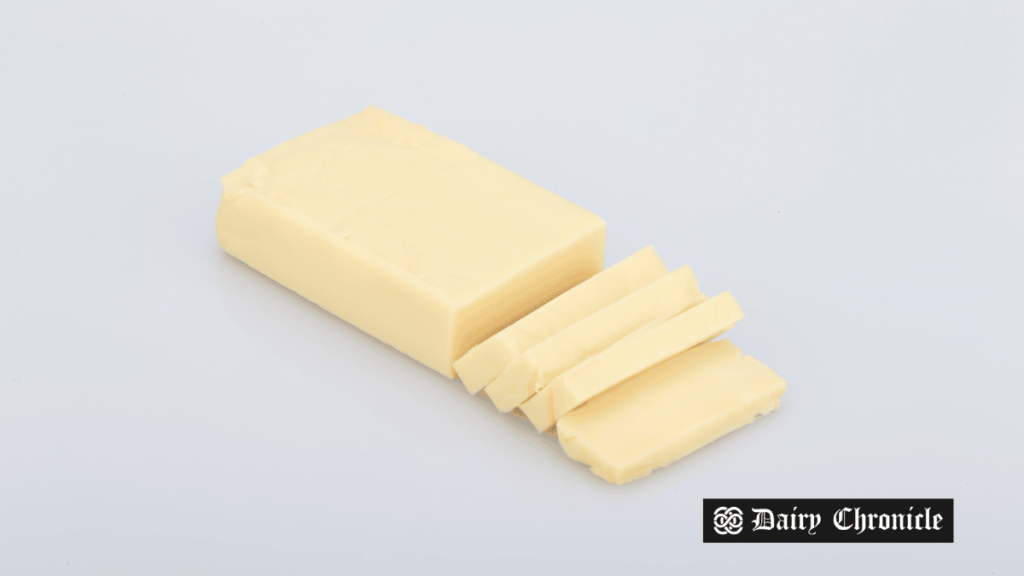The U.S. butter market saw a significant trading surge this week, with 127 loads traded, marking the third-highest volume in CME history. Spot butter prices rose to $2.6350 per pound, while cheese prices also inched higher. Class III milk futures increased, with mixed results for Class IV prices. European butter and cheese maintain a premium over global prices.
In the United States, the butter market experienced a remarkable surge in trading volume this week, with 48 lots changing hands, bringing the total to 127 loads. This volume ranks as the third-highest in history on the Chicago Mercantile Exchange (CME). Despite the significant trading activity, spot butter prices increased to $2.6350 per pound, rising by two cents.
Cheese prices also saw slight increases, with block cheese settling at $1.9425 per pound, up half a cent, and barrel cheese priced at $1.9300 per pound, gaining four cents. Following this trend, Class III milk futures rose as well, with the nearby contract settling at $22.55 per hundredweight, up one cent, while fourth-quarter prices increased to $21.66 per hundredweight, an increase of 16 cents.
Also Read- Record Butter Volume Traded in Chicago: CME Cheese Markets Surge
In contrast, Class IV prices displayed mixed results. October futures dipped to $21.06 per hundredweight, down four cents, but fourth-quarter prices rose to $21.10 per hundredweight, up three cents.
Comparatively, European butter and cheese prices continue to hold a premium over the global market. This week, EU butter averaged $3.83 per pound, significantly higher than New Zealand’s $2.87 per pound and the U.S. price of $2.62 per pound, adjusted for 80% butterfat. EU cheese prices also outpaced others at $2.52 per pound, compared to $2.13 per pound in New Zealand and $1.92 per pound in the U.S.
Ever.Ag, a leading provider of software and services for the agricultural sector, emphasizes the substantial risks associated with trading commodity futures and options. Investors are urged to consider these risks carefully, taking into account their financial condition. The information provided is based on reliable sources, but no independent verification has been made. It reflects the author’s opinion and is intended as a solicitation, with past performance not indicative of future results.



